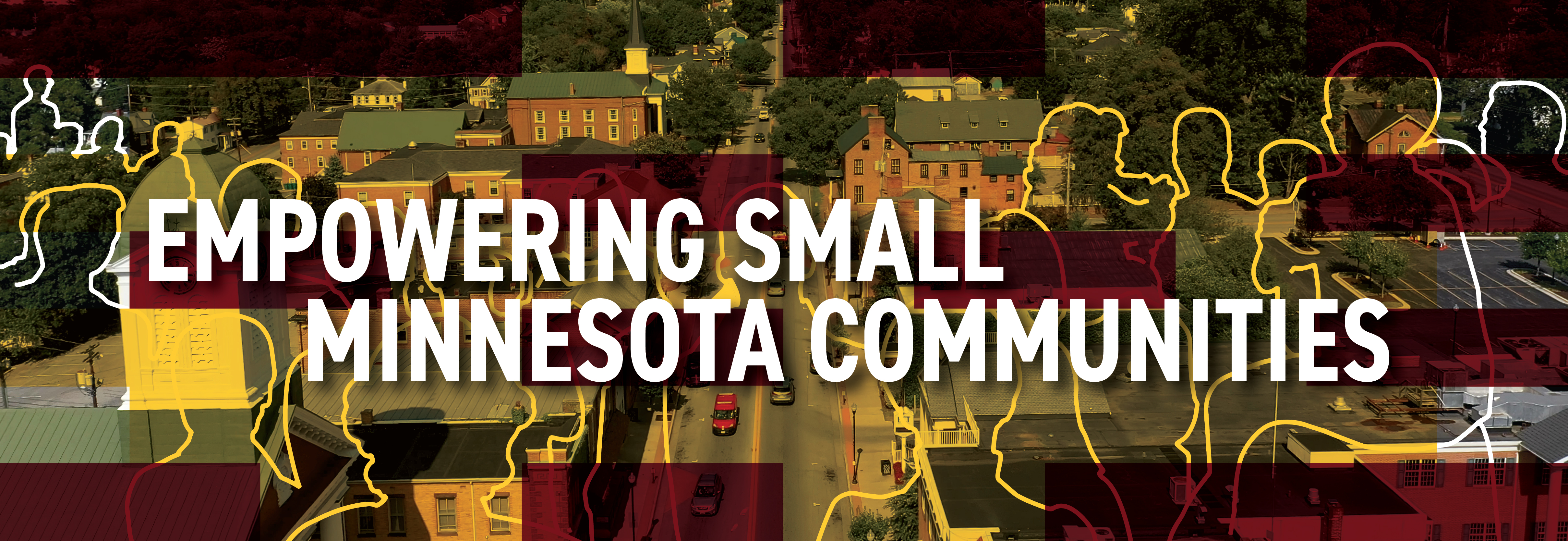
Project Pathways
Communities can engage in the program through the following three different pathways.
Rapid Response Tasks
Specific tasks where University partners can assist within a time-limited scope (1-4 weeks). Good candidates for projects/tasks proposed for rapid response projects are those that are concrete and may add to a larger infrastructure project, plan, or proposal from the community. These projects will be reviewed and accepted on a rolling basis.
Examples: Gathering and analyzing sociodemographic data, GIS community mapping, policy research.
Tactical Action Projects
Projects in this category will require longer-term time commitments than rapid response efforts (2-9 months depending on the project scope). Participating communities might come to the ESMC program with clearly defined ideas and hoped-for outcomes and would be more engaged in the planning and implementation process throughout. Possible outcomes might include technical evaluations or in-depth research such as feasibility studies or needs assessments. Applicants in this pathway will be matched with University resources that can support their specific project needs.
Examples: Evaluations of proposed infrastructure projects for their feasibility or competitiveness for funding, compiling of community need assessments, or an evaluation of the community impacts of infrastructure projects.
Community Futures Partnership
The Community Futures pathway is an opportunity for communities to address their future in compelling, realistic, practical, and implementable ways. Responding to existing community assets, aspirations, needs, challenges, and previous work, it uses design thinking to create a strategy to move the community forward. It promotes more value from individual project investments by creating specific, fundable projects that support the resilient community strategy and support each other with existing federal and state funding sources. It creates materials to support project funding efforts. Due to the high level of engagement and investment in community work that Community Futures provides, the effort may last up to 12 months. Some compensation for people’s time and funding to cover community meeting expenses will be included in the work budget.
Examples: A community strategy might include identifying the community’s existing assets and creating ways to strengthen and enhance them, linking proposed infrastructure projects to the community’s strategy and aspirations, and identifying additional community strategy-supporting projects.
Our Hopes for Engagement by Community Partners
Regardless of the project pathway you choose, we ask that community applicants identify key personnel as project lead(s) who are able to engage with University collaborators for the duration of the project.
Project leads and key community participants will be eligible for stipends/reimbursements to support their participation in tactical action and community futures pathways, given the likely long-term nature of those commitments. Stipends/reimbursements will be planned during the scoping phase for communities who are selected as finalists.
Contact Us Anytime!
Not sure where your idea fits? Contact an ESMC team member to connect and discuss.